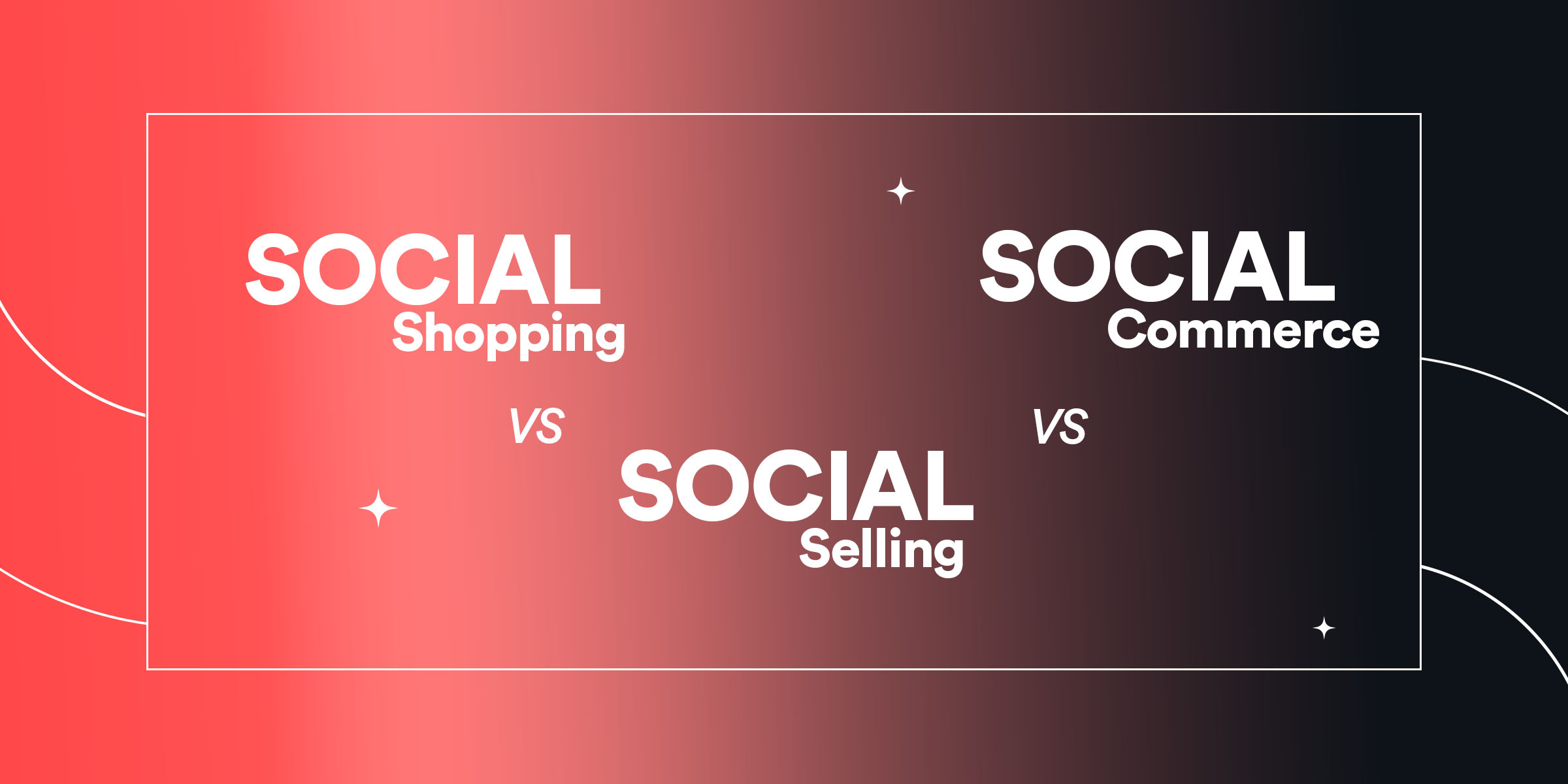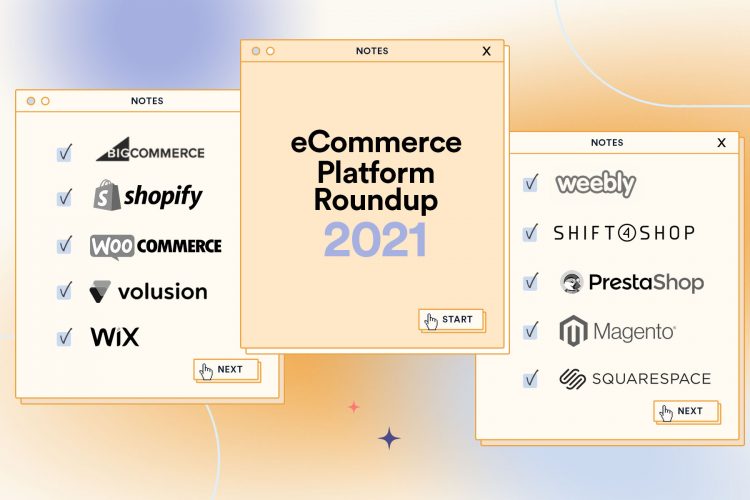
You may have heard all three of the above terms, or perhaps, none at all. Either way, if you’re in the eCommerce space as a store owner it’s time to familiarize yourself with social shopping, social selling and social commerce and know the differences between all three. Each one has unique ways of benefiting your store if you use it correctly.
What is social shopping?
It’s common knowledge that shopping can often be a communal experience. Going to the mall with your friends, laughing at each others’ purchases and asking for recommendations from sales associates as you browse the aisles together. When shopping online, some of these experiences are difficult or downright impossible to recreate, but innovative virtual platforms allow shoppers to connect with real people as they conveniently shop through their desktop computer or mobile device. Using text, chat, and video, online stores can connect with customers and make shopping a collaborative experience.
For example, a store might have a consultant that walks customers through the details of the products directly from the physical store through 1-on-1 video. From providing information on sizing to the ins and outs of every product, social shopping allows for a virtual shopping experience like no other.
What is social selling?
Social selling is a more nuanced way to develop relationships with potential customers and drive them to buy your products. It can take place via social networks such as Instagram, LinkedIn, and Facebook, but it can also take place offline.
Things like sharing relevant content, interacting directly with potential buyers and customers, personal branding and social listening are all aspects of social selling. Though it is used primarily for B2B selling B2C companies are now also adopting many of those techniques as a way to reach buyers through social media platforms.
What is social commerce?
Chances are, you’ve browsed Instagram and clicked on a product ad that piqued your interest. You then were taken to a page within the app where you can enter your payment details and complete your purchase. Just like that, you were a participant in social shopping. This simple process of see it, click, it, buy it makes it easy for shoppers to buy your products without ever leaving their social media app.
Traditional online shopping usually takes place on the company website. A customer may have heard about it from an ad, through word of mouth, or on social media and made their way over. But what if you could combine the best of eCommerce with social media, bypassing the website altogether? You can, with social shopping and social commerce.
Which one is right for your store?
If you have an online store and a business Instagram page, you’re already halfway there to setting up a social commerce experience for shoppers. People can visit your shop from your Instagram profile or through feed and stories. Once they’re at the shop, people can browse products, explore collections, and purchase products — seamlessly through the in-app browser or without leaving the app from shops with checkout.
Social shopping can be a little trickier to set up, and more costly as well. But it can be done. Remember that shoppers love going to physical malls because it’s an opportunity to wander around in search of purchase inspiration. Social shopping focuses on replicating those feelings of discovery. Offering a ‘mystery box’ or having a chat box that connects shoppers with a real person are small and simple ways your store can offer a social shopping experience.
When it comes to social selling, chances are you’re already connecting and interacting with shoppers through social media. Continue doing so in genuine, meaningful ways and share your passion for your products.
Author
Tatiana Dudin
Tatiana is passionate writer with over 10 years of experience writing for the tech industry.


